 | 10. PROPAGATING GRASSES |
 | Most grasses can be propagated from seed if it is available, and if not then from root or shoot cuttings or from slips. |
 | All these techniques are simple and can be done by farmers on their own land as well as in forest nurseries. |
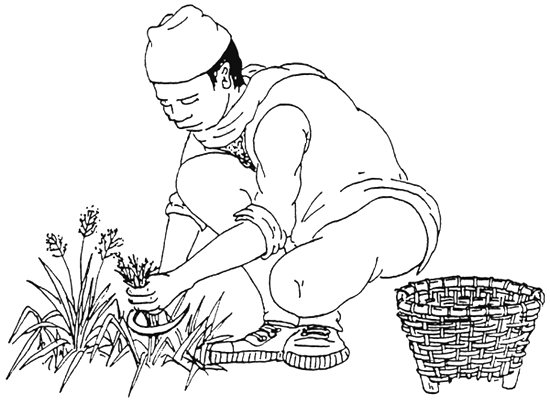
 | 10.1 FROM SEED |
 | Some grasses like khar and sito produce a lot of seed after the monsoon. |
 | The seed ripens in December and January and should be collected then, before it falls from the flower heads. |
 | Collect the whole flower head. It is easy, and the seeds do not need to be separated from the old flowers. |
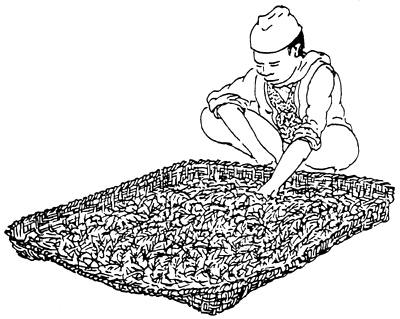
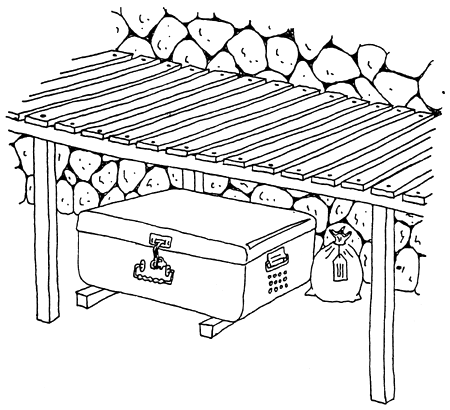
 | Dry the flower heads in the sun but in a sheltered place |
 | Store the seed in a cool place in plastic bags or sacks or in trunks or tins if there is a problem with rodents. |
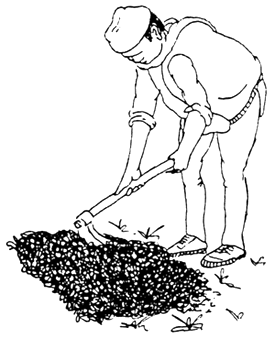
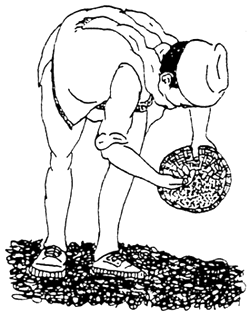
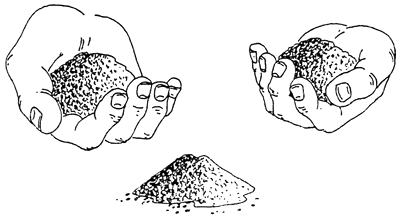
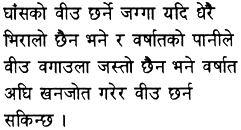 | If the land where you are going to plant the grass has a gentle slope and is not likely to be wasted away by the rains it can be cultivated and broadcast sown directly at the beginning of the monsoon. |
 | It is difficult to say how much grass should be sown because the germination of one batch of seed is very different from other batches and it will also depend on the site. On average a thin covering, of about 3 handfuls for every square meter, should be enough. |
 | If any patches don't germinate they can be resown. |


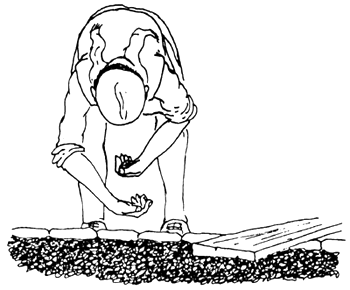
 | If the seed is being sown in nursery beds it can be sown soon after collecting because it can be watered through the dry season. |
 | Seed beds for grasses should be the same as for tree seed (Section 3.3) and the seed should be broadcast on to the beds and pressed in with a flat board. |

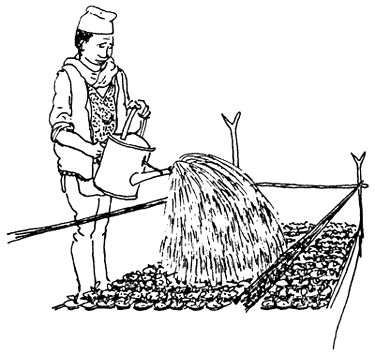
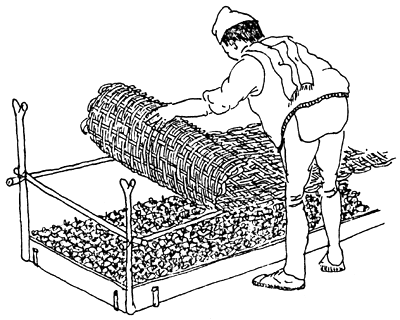
 | Cover the seed with a thin layer of sieved sand and press it down with the board again. |
 | Put a mulch or shade over the bed and keep the seed bed moist. |
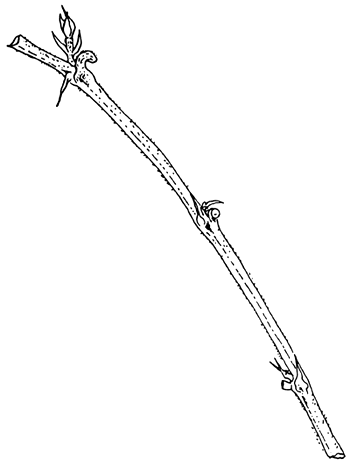
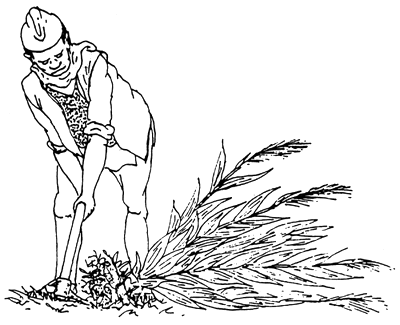
 | 10.2 FROM ROOT CUTTINGS |
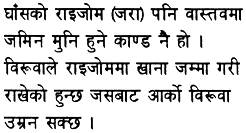 | Root cuttings are taken from grasses with rhizomes. Rhizomes are actually stems but they grow along under the ground. They are used by the plant to store food and to propagate by spreading through the soil. |
 | Along the rhizomes are buds where new shoots grow up from. |
 | Grasses like amriso and sito can be propagated by digging up the plants in January/February. |
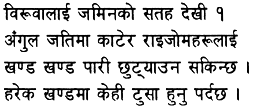 | Cut back the shoots to about 12 cm and split the rhizomes into sections each of which has some good bud scars. |
 | Again these can be planted out directly into the ground if they are dug up at the beginning of the monsoon or into nursery beds during the dry season as long as they are kept watered. |
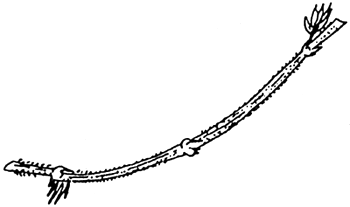
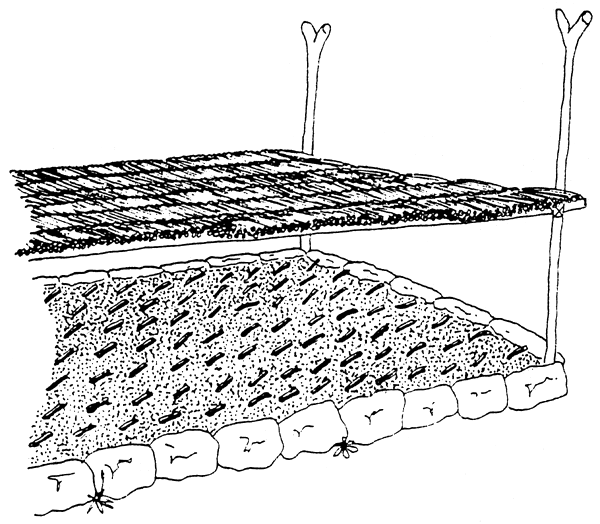
 | 10.3 FROM STEM CUTTINGS |
 | Some grasses like Napier and Kikuyu and the legume Desmodium have strong woody stems. These can be propagated by taking cuttings from the stems. |
 | Cuttings should be taken in January/February from 6 – 12 month old plants. |
 | Each cutting should have 3 nodes on it, one near the top, one at the bottom and one in the middle. |
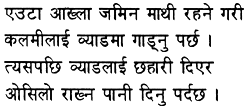 | Set the cuttings into beds with one node above the ground, and keep the beds shaded or mulched and watered |
 | Plant out the cuttings that have rooted at the beginning of the monsoon. |
 | Cuttings can also be taken and planted straight into the ground at the beginning of the monsoon. |

 | Another type of stem cutting can be taken from STOLONS. |
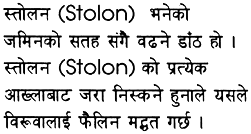 | STOLONS are stems which grow along the surface of the ground and allow the grasses to spread, because roots grow from nodes along the stolon. |
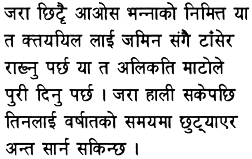 | To encourage roots to grow pin the stolons to the ground or cover them with a shallow layer of soil. When they have rooted separate the new individual plant during the monsoon. |
 | Khar, Setaria, and Stylosanthes can be propagated in this way. |
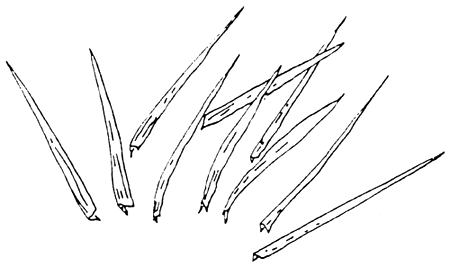
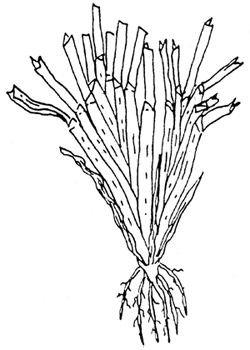
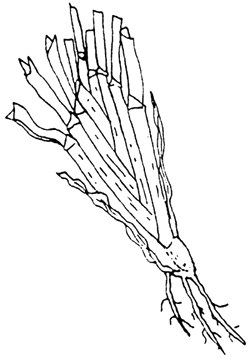 | 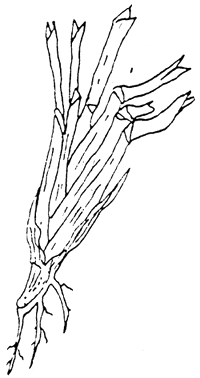 |
 | 10.4 FROM SLIPS |
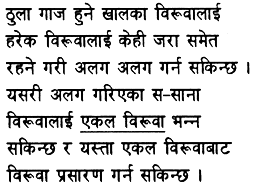 | Large, mature clumps of grass can be split into small portions with some roots and 1 or 2 shoots in each piece. These smaller pieces are called SLIPS and can be planted out. |
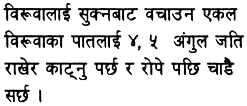 | The leaves of the SLIPS should be cut back to 10cm or less to stop them drying so quickly after they are planted out. |
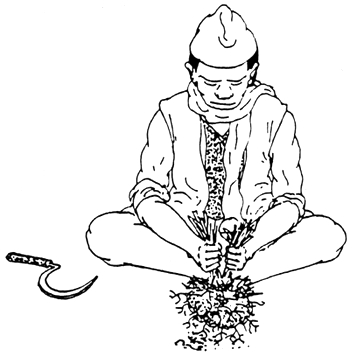
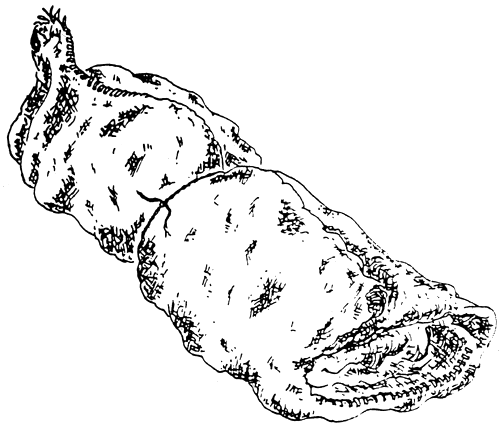
 | They should be dug up, split and planted out at the beginning of the monsoon. |
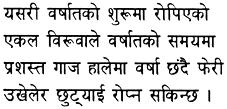 | If they are planted out in the beginning of the monsoon and are growing well after 6 – 8 weeks they can be dug up and split again so long as enough of the monsoon is left for them to establish before the dry season. |
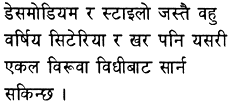 | Perennial grasses such as setaria and khar can be propagated by slips as can Desmodium and Stylosanthes. |
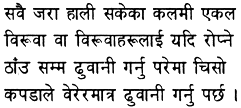 | All rooted cuttings, slips or plants that need to be transported before they are planted should be kept moist by wrapping them in damp cloth while they are being carried. |
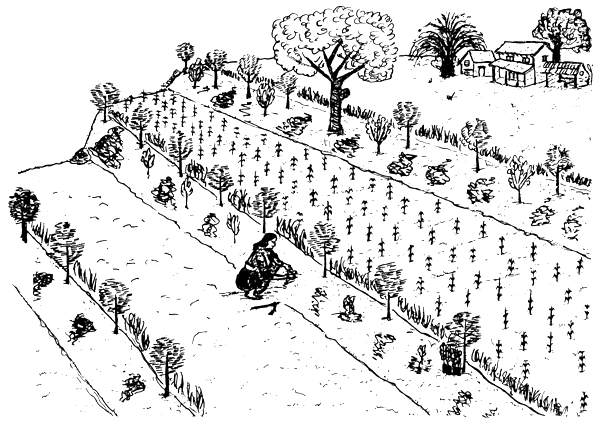
 | Perennial grasses can be planted on any bit of land that is not being used for crops, including terrace risers. |
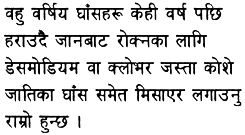 | In many cases it is a good idea to plant legumes such as Desmodium or clover mixed in with the grasses to stop the grasses from declining after a few years. |